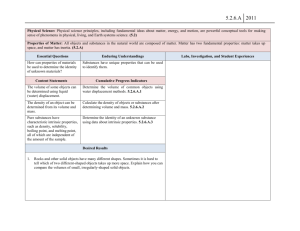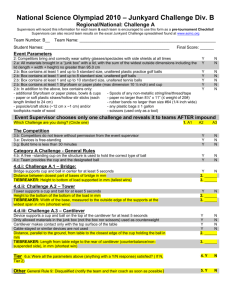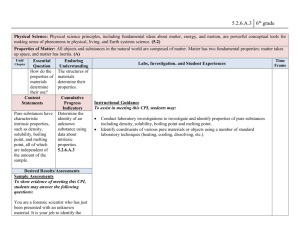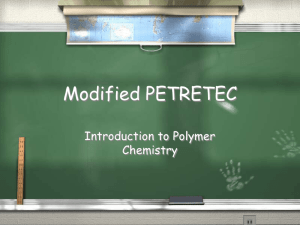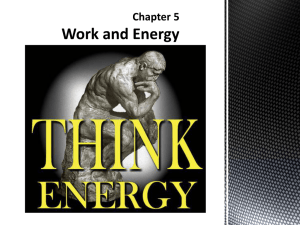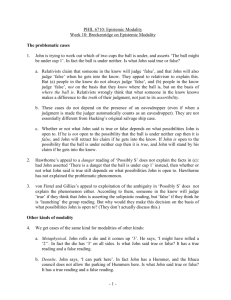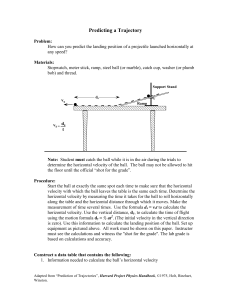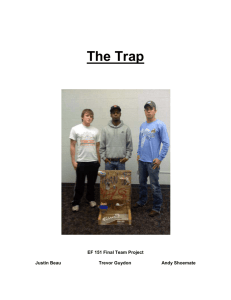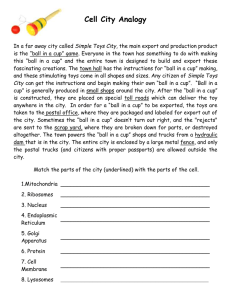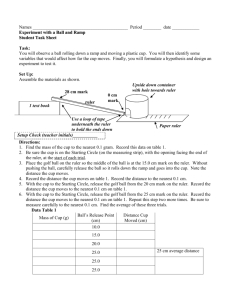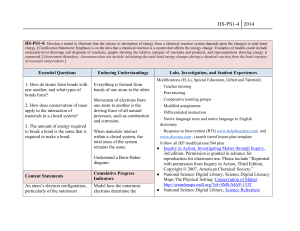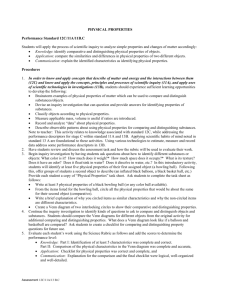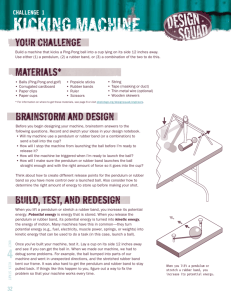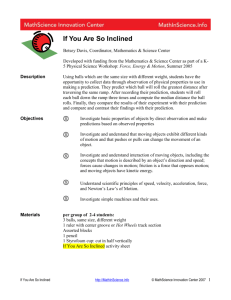5.2.6.A.1 6th grade Physical Science: Physical science principles
advertisement
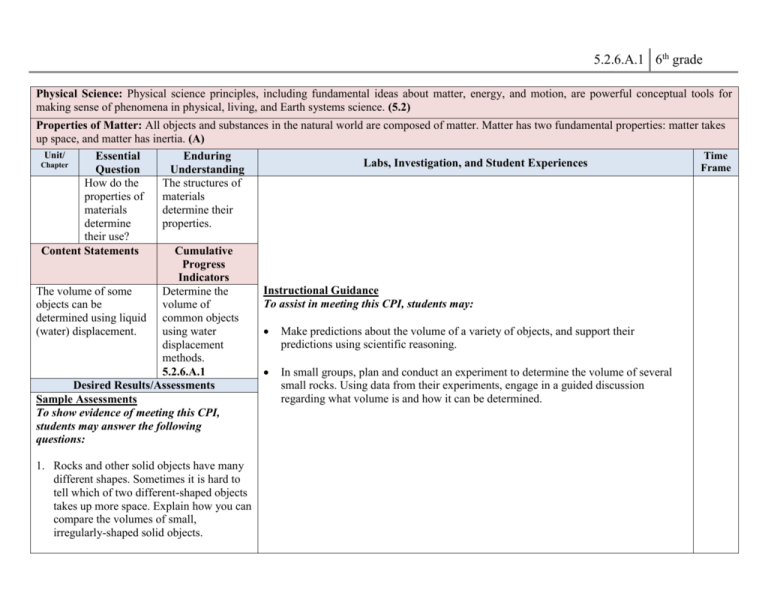
5.2.6.A.1 6th grade Physical Science: Physical science principles, including fundamental ideas about matter, energy, and motion, are powerful conceptual tools for making sense of phenomena in physical, living, and Earth systems science. (5.2) Properties of Matter: All objects and substances in the natural world are composed of matter. Matter has two fundamental properties: matter takes up space, and matter has inertia. (A) Unit/ Time Essential Enduring Labs, Investigation, and Student Experiences Chapter Frame Question Understanding How do the The structures of properties of materials materials determine their determine properties. their use? Content Statements Cumulative Progress Indicators Instructional Guidance The volume of some Determine the To assist in meeting this CPI, students may: objects can be volume of determined using liquid common objects Make predictions about the volume of a variety of objects, and support their (water) displacement. using water predictions using scientific reasoning. displacement methods. 5.2.6.A.1 In small groups, plan and conduct an experiment to determine the volume of several Desired Results/Assessments small rocks. Using data from their experiments, engage in a guided discussion regarding what volume is and how it can be determined. Sample Assessments To show evidence of meeting this CPI, students may answer the following questions: 1. Rocks and other solid objects have many different shapes. Sometimes it is hard to tell which of two different-shaped objects takes up more space. Explain how you can compare the volumes of small, irregularly-shaped solid objects. 5.2.6.A.1 6th grade As shown in the picture below, Christina has two identical cups that are filled to the same level with water. She also has two solid steel balls. Resources Inquiry in Action: Investigating Matter through Inquiry, 3rd edition. Permission is granted in advance for reproduction for classroom use. Please include “Reprinted with permission from Inquiry in Action, Third Edition, Copyright © 2007, American Chemical Society.” http://www.inquiryinaction.org/ National Science Digital Library, Science Digital Literacy Maps The Physical Setting: 2. Christina puts ball 1 in cup 1 and ball 2 in cup 2. In which cup will the water level rise the most? Tell why you think so. 3. Christina has another ball that is the same size as ball 2, but this ball is made of wood and is hollow. If she put this hollow ball in one of the cups, do you think the water level would rise more or less than it would if ball 2 were put in the cup? 4. Tell why you think so. The picture below shows three solid objects of the same size floating in water. Conservation of Matter http://strandmaps.nsdl.org/?id=SMS-MAP-1332 National Science Digital Library, Science Refreshers http://nsdl.org/refreshers/science/ Science Curriculum Topic Study: Density p. 164 5.2.6.A.1 6th grade 5. Which object weighs the most? A. B. C. D. Object A Object B Object C They all weigh the same
